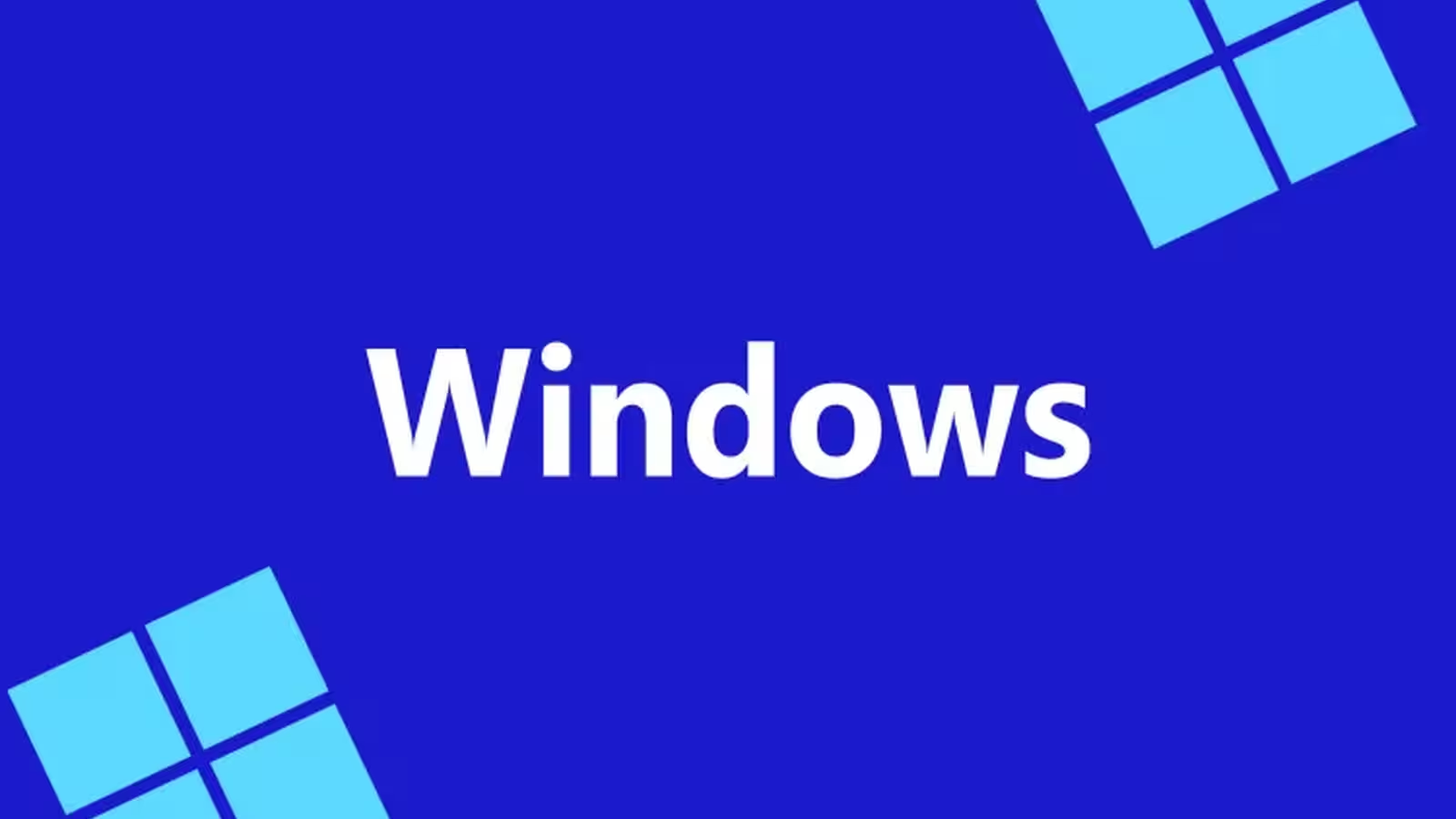8 Minutes
As July 29 approaches, the tech world gets ready to mark a decade since the launch of Windows 10. This ground-breaking operating system is closing in on its tenth anniversary, just months away from the end of its mainstream support. While it faced fierce debates over privacy and hit a few bumps along its journey, Windows 10 remains widely regarded as the gold standard of modern Windows platforms. Much of its reputation has been solidified by the mixed reception and challenges that accompanied Windows 11’s debut, but there’s no question: Windows 10 made a lasting impact on Microsoft, PC hardware, and software innovation as a whole.
Let’s dive into the most significant features, enhancements, and milestones that have defined Windows 10, reshaped user experiences, and influenced the entire tech ecosystem.
Windows 10’s Evolution: 10 Defining Features and Milestones
1. Windows Insider Program: Bringing Users Into the Development Process
Launched in late 2014, before Windows 10’s official debut, the Windows Insider Program was a revolutionary shift in how Microsoft approached software development. For the first time in history, everyday users and tech enthusiasts were invited to try out early builds, preview new features, and provide direct feedback. This community-driven development approach led to rapid iterations and a more responsive ecosystem. Within just two weeks, the program had enrolled over one million testers—a testament to the enthusiasm of the Windows community.
The success of Windows Insider didn’t stop with Windows 10—it quickly spread to other Microsoft products such as Skype, Xbox, and Office. While some critics argue that delegating significant amounts of testing to the public may have affected overall quality over time, few can deny the massive cultural and practical influence of opening Windows development to everyone. The Insider Program also fostered a culture of transparency and early engagement among Microsoft’s user base.
2. The Largest (and Free) Windows Launch Ever
Although not strictly a product feature, the launch of Windows 10 itself was a landmark event for both Microsoft and the wider PC industry. For the first time, Windows offered a free, complete upgrade to users of Windows 7 and 8.1, breaking with long-standing tradition. The campaign resulted in over 350 million devices moving to Windows 10 within its first year. Microsoft’s aggressive upgrade strategy—sometimes controversial for its persistent upgrade prompts—helped accelerate adoption, making Windows 10 one of the fastest-rolled-out OS versions in history. Its broad hardware compatibility made it accessible to nearly every modern PC user, solidifying its reach as a universal platform.
3. Windows as a Service: A Continuously Evolving Platform
Windows 10 introduced a new paradigm known as “Windows as a Service.” Rather than relying on major version leaps or infrequent service packs, Microsoft shifted to biannual feature updates—infusing Windows 10 with new tools, security enhancements, and performance upgrades on a regular schedule. This move forced both organizations and home users to adapt to a world where operating systems are living products, continuously refreshed to keep up with technology and cybersecurity demands.
Microsoft executives even led many to believe Windows 10 might be the “last” Windows version, only to be succeeded by Windows 11 in 2021. Nevertheless, the continuous delivery model originated with Windows 10 persists today, underpinning modern software deployment and maintenance strategies across the tech industry.
4. Streamlined Activation and Digital Entitlement
A longstanding challenge for Windows users had been license activation, particularly when upgrading hardware. Windows 10 addressed this with a new system that allowed users to link their activation license to their Microsoft account—a welcome improvement for those frequently upgrading or swapping system components such as motherboards. This digital entitlement approach dramatically simplified license transfers compared to Windows 8.1, reducing friction for consumers and IT pros alike. This activation flexibility persists in Windows 11, cementing it as a vital advancement in user experience.
5. Windows Subsystem for Linux (WSL): A Developer’s Game-Changer
In 2017, Microsoft stunned the developer world by integrating the Windows Subsystem for Linux (WSL) directly into Windows 10. This bold move allowed developers to run Linux distributions and applications natively within Windows—eliminating the need for virtual machines or dual-boot setups. WSL made Windows 10 an attractive choice for a new generation of cloud engineers, DevOps professionals, and open-source enthusiasts.
WSL’s success was no accident. Microsoft doubled down on the effort, rolling out WSL 2 with significant improvements in performance and compatibility, and continuing to evolve the feature with ongoing updates. Unlike some prior experiments, WSL remains a core pillar of Windows, making Windows 10 and its successors more versatile for contemporary software development.
6. Windows Hello: Setting a Standard for Secure Biometric Authentication
Although biometric login options pre-dated Windows 10, it was Microsoft’s Hello platform that made secure, convenient authentication mainstream on PCs. Windows Hello introduced easy, rapid sign-in options using facial recognition via IR cameras, fingerprint sensors, PINs, and even security keys. This broadened both the accessibility and adoption of biometrics across laptops and desktops—even in mid-range and economy devices.
Beyond logging into the operating system, Windows Hello’s reach extends to application authentication, e-commerce, and web sign-ins, raising the security bar while making life easier for users. Today, biometric recognition is nearly ubiquitous on new Windows devices, reflecting Windows 10’s role as an industry catalyst.
7. The Return and Reinvention of the Start Menu
Microsoft’s controversial leap with Windows 8’s full-screen Start interface left many longtime users frustrated. With Windows 10, the company listened to its community, rebuilding the Start menu into a balanced blend of Windows 7 familiarity and the dynamic, customizable live tiles introduced previously. The result was a flexible menu that could be compact or full-screen, adapting to user preferences with ease.
Over the years, the Windows 10 Start menu has seen iterative improvements, gaining folder support and enhanced search capabilities. Most tech experts and power users agree: Windows 10 ultimately delivered the best version of the Start menu to date, becoming a template for future interface designs.
8. Xbox Play Anywhere and PC-Xbox Integration
A major highlight of Windows 10’s legacy is its commitment to treating PC and Xbox gamers as equals. The Xbox Play Anywhere initiative allowed users to purchase a digital game once and play it seamlessly across Windows 10 PCs and Xbox consoles, with saves and achievements automatically syncing. This deepened the ties between the PC gaming and console worlds, broadening access to games and elevating the unified Microsoft gaming ecosystem.
Other Windows 10 enhancements for gamers included improved game streaming, direct broadcasting integration, and the Game Bar—features that remain vital for enthusiasts and streamers alike. Windows 10’s dedication to bridging the gap between PC and Xbox ecosystems is evident in features that have since become industry standards.
9. Microsoft Defender: The Rise of Built-In Endpoint Security
Windows 10 marked a radical shift in endpoint security by shipping with Microsoft Defender—a robust, always-on antivirus solution that comes preinstalled and enabled by default. Unlike earlier security offerings from Microsoft, Defender evolved into an industry-leading solution, reducing many users' reliance on third-party antivirus subscriptions. It consistently ranks high in independent security benchmarks, providing layered protection against the latest cyber threats.
While some power users and gamers debate certain performance trade-offs, Microsoft Defender’s easy configuration and strong out-of-the-box security made it a game-changer for everyday users and businesses. The integration of real-time scanning, web protections, and cloud-based threat intelligence has set a new baseline for operating system security.
10. Dark Mode and Night Light: Eye Comfort for All
Windows 10 introduced the platform’s first comprehensive dark mode, allowing users to reduce eye strain and personalize their environments for comfort—especially during late-night work sessions, or when using devices equipped with OLED displays. Paired with the Night Light feature, which filters blue light emissions, Windows 10’s eye-care options acknowledged both the aesthetic and physiological demands of modern digital workflows.
Although dark mode implementation is still maturing and feedback continues to drive further improvements, Windows 10 laid the groundwork for customizable and more accessible user experiences—prompting industry-wide emulation in subsequent software products.
Comparing Windows 10 and Windows 11: Legacy, Success, and Industry Relevance
With Windows 10’s scheduled end in October 2025, speculation about whether Windows 11 can live up to its predecessor’s legacy is rife in the tech community. Windows 10’s innovations have set the bar remarkably high with its community involvement, accelerated update cycles, cross-platform gaming, built-in security, and relentless focus on user feedback.
When evaluating operating systems for business use cases, development, gaming, or general productivity, Windows 10’s flexible hardware compatibility, IT management tools like Windows Autopilot and Intune, and broad application support continue to make it a preferred choice. The OS has remained a dominant force in enterprise, education, and creative settings—testament to its design philosophy and adaptability.
By fostering direct user engagement, prioritizing endpoint security, and bridging device ecosystems, Windows 10’s decade of innovation has reshaped the trajectory of desktop computing. Its influence lives on in Windows 11 and will undoubtedly inspire operating system development for years to come.
Conclusion: Looking Forward as an Era Ends
As we reflect on 10 years of Windows 10, it’s clear the operating system did far more than refine what came before—it set a new pace for digital transformation, both within Microsoft and across the global tech landscape. With mainstream support winding down and Windows 11 charting a new path, the enduring popularity and ongoing relevance of Windows 10 demonstrate just how much it achieved in a single decade.
Stay tuned to our "10 Years of Windows 10" coverage as we look back at its storied impact and anticipate what’s coming next in Windows—and in the digital world it continues to shape.
Source: neowin



Comments